Chris Cuffaro
Breaking America: The United States of Australian Music
Rolling Stone heads to Hollywood to explore how the Australian music industry is making waves in the City of Angels.
Squished into LA’s live venue The Echo last December, 350 fans stand shoulder-to-shoulder, chest-to-back, just to catch a glimpse of RINI. The Melbourne-raised artist relocated to LA four years ago with his shimmering blend of R&B and new soul. Back home in Australia — even in music circles — you’d be hard pressed to hear his name. But here in the US he’s selling out venues on his debut tour, drowned out by fans singing his lyrics back to him.
RINI is just one example of a local artist on the rise Stateside, navigating the world’s most gruelling music market. And while Australia may be a long way from becoming a net exporter of music like Sweden or the UK, recent moves in Canberra are giving us a fighting chance.
In January, the Australian Government did something uncharacteristic. Prime Minister Anthony Albanese highlighted the export potential of Australian music in the announcement of the National Cultural Policy. The five-year plan to jump-start the arts sector includes an investment of $286 million, a reimagined Australia Council for the Arts (‘Creative Australia’), and the formation of a new agency, ‘Music Australia’.
Back in 2015, when the government of the time cut Australia Council funding by over $100 million, we’d been holding steady at number six on the list of the largest recorded music markets for nearly a decade. In the years since, we’ve steadily fallen to number ten. Coincidence or not, this new investment is more than just a budgetary line item. It marks a paradigm shift in political opinion; a recognition of the music industry as an economic driver.
And the funding itself is critical. Gone are the days when an artist could achieve off-shore success by following the step-by-step blueprints left by the likes of AC/DC or INXS.
In the past, breaking America might have looked something like this: mapping a tour through key music towns on the way to major cities on the East or West Coast, popping into adjacent record shops for acoustic sets and signing sessions, shaking hands at every college radio station along the way, and then leveraging Austin showcase conference South by Southwest to land booking, label and publishing deals. If you made it that far, the gathering of gatekeepers might use their influence to open bigger, and more lucrative doors. In a pre-social media, pre-streaming industry, only they held the key.
Now — as the gatekeepers lose their hold — it’s a far less linear affair. Instead, artist teams juggle asynchronous strategies across morphing timelines, evolving technologies, and new distribution models. In only the rarest of cases — and only if the algorithm allows it — a viral moment on TikTok might see you screening label calls within days. Even that, however, already seems more and more unlikely.
Love Music?
Get your daily dose of everything happening in Australian/New Zealand music and globally.
TikTok aside, it’s harder than ever to realise the American dream for geographically-disadvantaged Australians. In addition to the financial hurdles (e.g. the myriad of fees related to Visas), Australian music doesn’t have an obvious ‘sound’, or a huge diaspora of expats-in-waiting in major markets. We lack the synthesis, and accessibility, of genre movement leaders Korea and Latin America. It’s something that has worked against us since well before the rise of K-pop and reggaetón. And while touring remains relatively straightforward, road warriors can no longer get by on simply hitting the pavement and shaking hands.
What was once a ten-point checklist is now an evolving matrix of strategic uncertainties: co-signs, syncs, brand collabs, new media, old media, shuttered venues, strange technologies. It’s an obtuse game of ‘chicken or the egg’ — unfolding in real-time, and increasingly at the mercy of unknowable algorithms. But, according to all of those who Rolling Stone sat down with, none of that matters if you’re not being true to your authentic self.
Jeff Sosnow
Executive Vice President, A&R, Warner Bros. Records
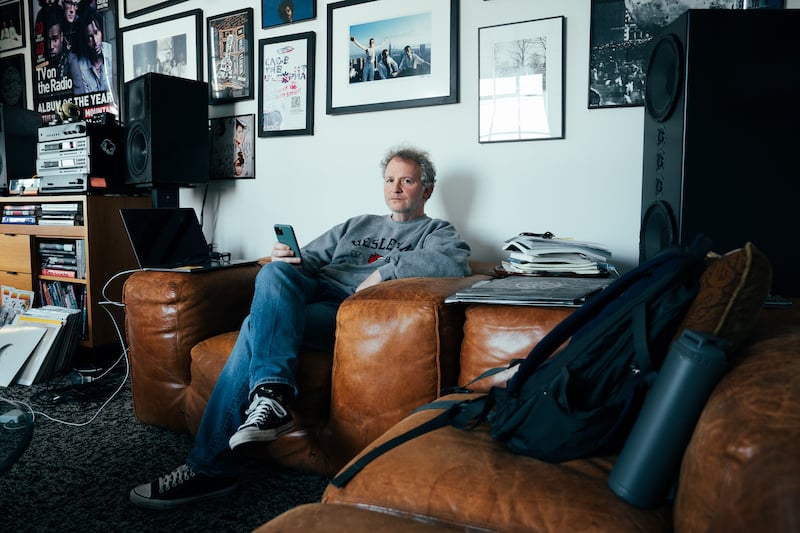
Supplied
There are 110 alternative radio stations. To get number one, it takes an average of six or seven months for the average new artist to chart; that’s for one song. And you’ve got to go to the cities, you’ve got to tour like Wolfmother did over here, pounding the pavement, playing shows. They needed to break in America, because it would break everything wide open, including Europe. I think you have to come and do the work, or you’re just a song.
THE BLSSM
LA-via-Sydney artist

Photography by Chris Cuffaro
I developed personal relationships with people who would listen to my music. It was as if they were in on something that was a secret. They’d pass it along to their friends in the industry, and producers wanted to work with me and collaborate with me. My success so far hasn’t come with the backing of another label or resources from Australia, I literally just came over and was making friends and collaborating and treating it — even when it wasn’t lucrative for me — like a career. That’s how I got to where I am right now.
You need to have a distinct message of knowing who you are, what you want to do, and how you want to say it. And you need to be open to stylistically growing and challenging yourself. That’s really important. It doesn’t have to be the most unique, coolest, ‘unlike anything’, this-has-to-be-perfect-type-music. If your music is intrinsically you, something that feels like you, then I think that speaks volumes.
YDE (pronounced EE dee)
Sydney-born triple threat (singer-songwriter, producer, actress)
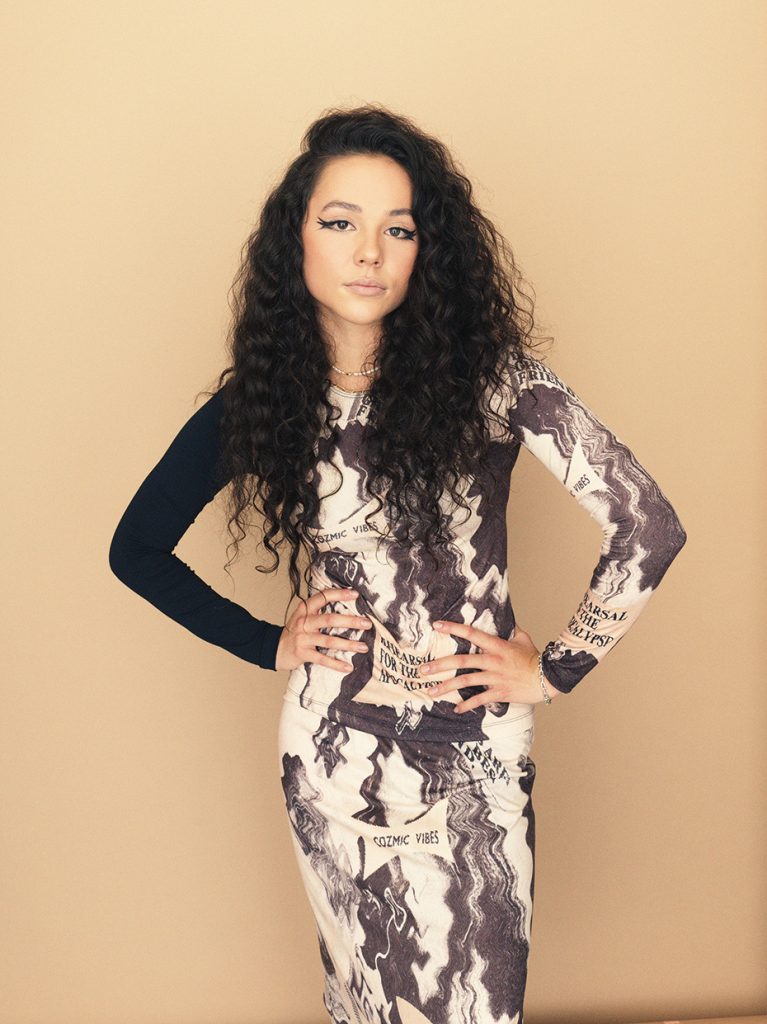
Photography by Chris Cuffaro
I wanted to be with a group of people who were ready to follow me into whatever crazy idea I wanted to pursue, regardless of whether it was fitting within the mould and the structure of what works. And the Facet Records team, the Warner team, were just so excited and so passionate. There’s something really exciting as an artist to be able to explore these things.
The cool thing about LA that feels very LA to me is that, nobody bats a fucking eye. You can be walking down the street in a full blown thirty-foot dragon costume and no one bats an eye. Everything’s acceptable. That almost plays into the exploratory side of ‘be whoever the fuck you want to be, do whatever you want to do’.
RINI
LA-based, Melbourne-raised R&B artist
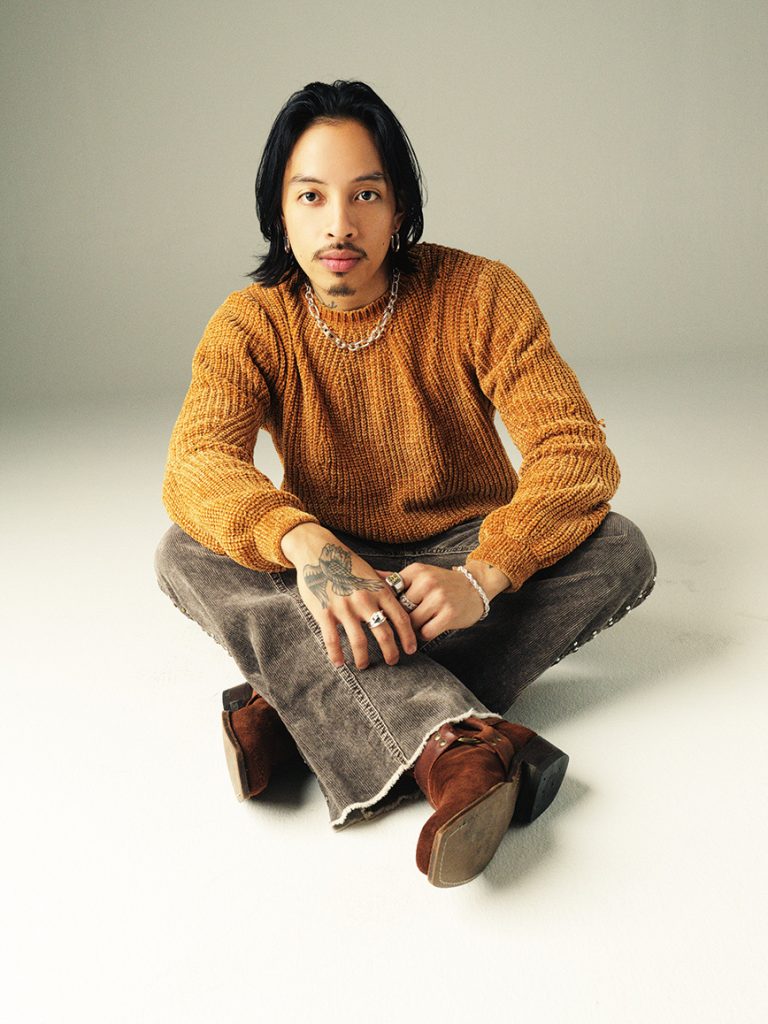
Photography by Chris Cuffaro
I had a particular sound back when I was making music for this show. And then when I moved to LA — after connecting with a lot of people who come from different backgrounds and experiences — it affected my sound and turned it into something else. I’m the only one out here, my whole family’s in Australia, so it gets tough. But I just remind myself who I’m doing this for; I’m doing this for myself and my family.
Tane Hackman
Artist Manager (Oliver Cronin, Mason Dane) & Label Rep (The Area Movement)
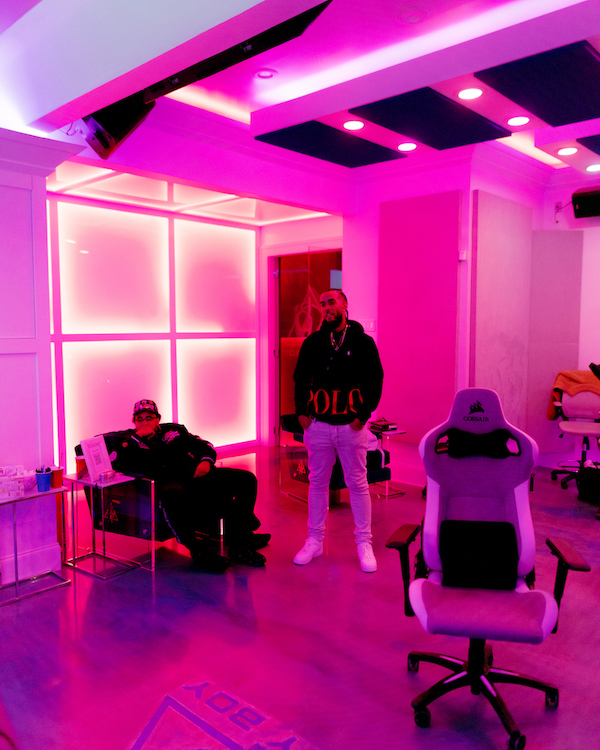
Supplied
Grabbing the attention of your peers and having that initial fanbase is the first step. You build, you build, you build, you build, and then you grab the attention of the labels; and then celebrities. Then from there, it might be a dope feature. It might be a co-sign, like, JuiceWRLD and The Kid LAROI, like Mason Dane and T-Pain.
Oliver Cronin
Breakout Sydney-based dark pop artist
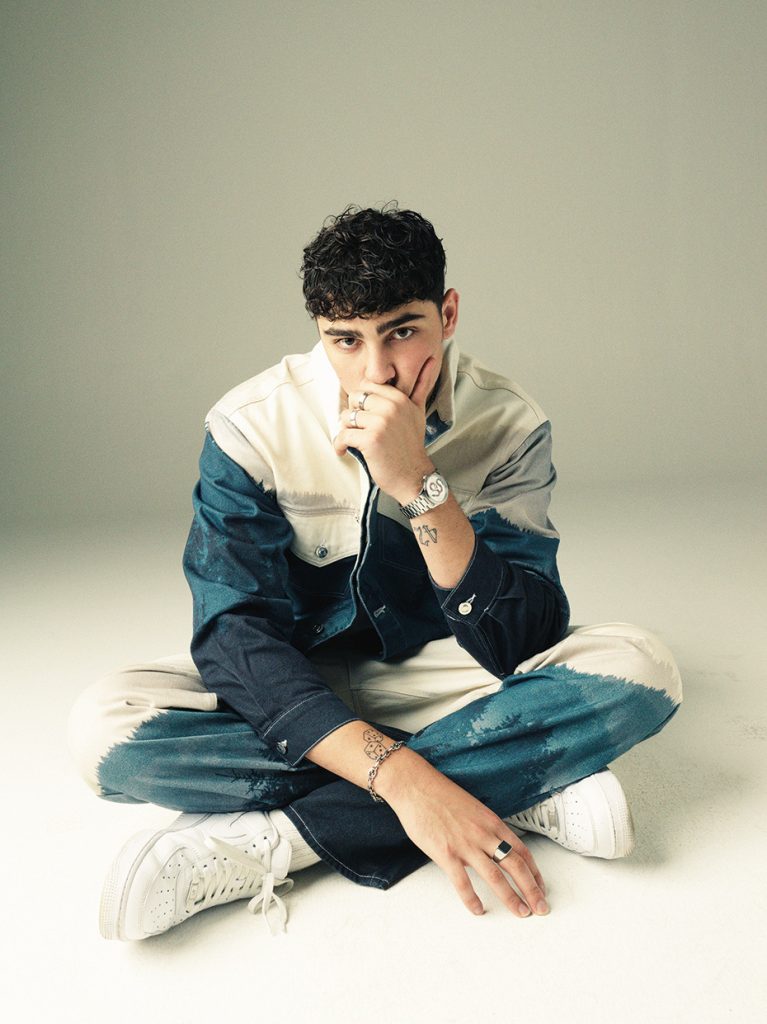
Photography by Chris Cuffaro
Networking is a big part of my process. Through TikTok I’ve been able to make so many great relationships with artists that I’ve looked up to, people that I’ve listened to for so long and I’ve just been dying to come out here [to LA] and meet these people that I have built connections with and who have connections to other people. I know the only way to start getting myself amongst that group of people is to be here networking and writing.
Kristin Juel
Founder, boutique artist services company, Juel Concepts; Manager of Hamish Anderson
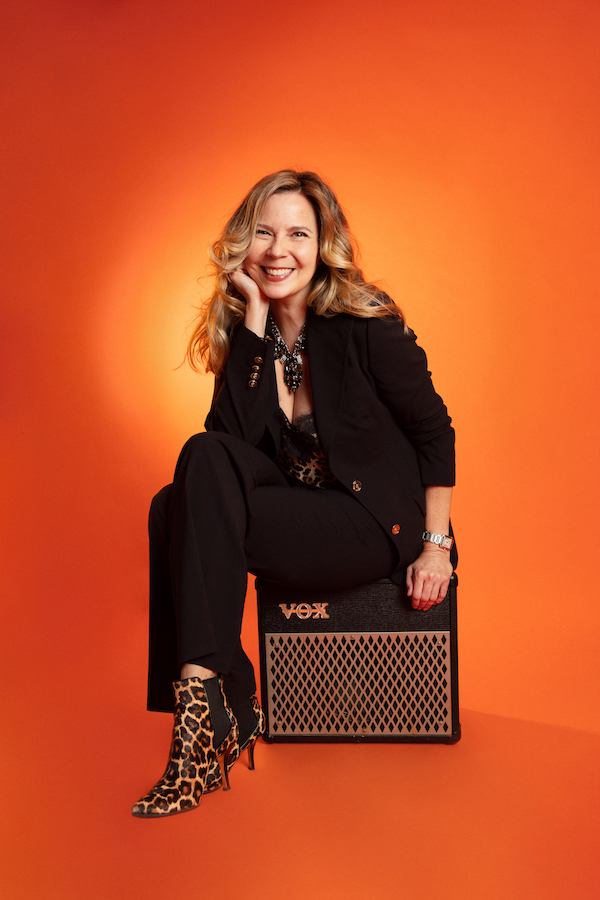
Photography by Chris Cuffaro
America is enormous and diversity exists everywhere, especially now within each demographic. There are gigantic amounts of people where none of them want to be like each other; they all want to be different. These implicate the fan behaviours, which means that the artists are best to be truly authentic, so when fans find you it doesn’t feel like work to maintain their interest.
Do you always. Do not chase trends. The pendulum of music styles swings every seven to ten years, make sure whatever you’re bringing to the table shows people who you are. They will relate long-term to your truths, not a trend you mimic.
It’s all relationships in this music industry, starting with your production partners, your extended team, and culminating with your fans. When artists directly own the channels to connect with their audience, they have the ability to have a direct dialogue with them for the course of their career. This is one reason I am interested in on-chain experiences, as there is a strong case for artists who are releasing music, including those platforms which allow a one-to-one relationship via their wallet. That’s the path towards independence and a sustainable career. Independence doesn’t mean alone; it means you’ll be in control with the team you built to support your vision.
Lastly, find a team who really cares about your music to represent your songs, so you can be really savvy about your sync usage. A good sync also gets your music Shazamed, and those quickly translate to organic audience growth. It can transform your life and bring heat to a career that’s nearly twenty five years old if you do it well — just ask Kate Bush!
This article features in the June 2023 issue of Rolling Stone AU/NZ. If you’re eager to get your hands on it, then now is the time to sign up for a subscription.
Whether you’re a fan of music, you’re a supporter of the local music scene, or you enjoy the thrill of print and long form journalism, then Rolling Stone Australia is exactly what you need. Click the link below for more information regarding a magazine subscription.



































